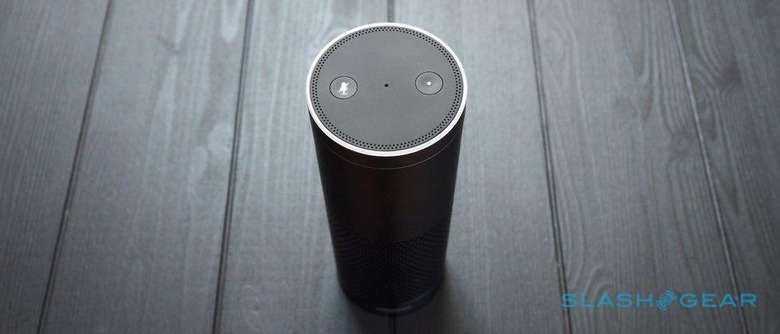Amazon And Intel Team Up Against Google In IoT
We may receive a commission on purchases made from links.
Amazon and Intel are teaming up to spread Alexa, with stronger voice control skills as well as faster ways for third-parties to build devices with the assistant baked in. The news, announced at Amazon's AWS-focused re:Invent conference this week, sees Intel renew its efforts to get its silicon into places where, traditionally at least, you might expect to find ARM-based processors. However it's also a big deal to Amazon, which faces stronger competition from Google and others in the smart home.
Their plan is fairly straightforward. On the one hand, it's about making Alexa more capable, with Intel adding Alexa skills support to its Smart Home Hub platform. That means voice control over connected devices like lighting, locks, appliances, and other technologies.
It's something Alexa can do in part today, using the integrations with Philips' Hue lighting, SmartThings' hub, and other devices, but Amazon and Intel are aiming to make it a whole lot more streamlined. That'll begin from the point of setup, where Alexa will be able to guide users through installation and connection of Internet of Things (IoT) gadgets by voice, but also extend to everyday use. "This will allow end users to interact more naturally with the technology in their homes," Ted Karczewski, Alexa Voice Services content marketing manager at Amazon, says of the partnership.
However, the second phase is about putting Alexa into more places, and making it easier for third-party device manufacturers to get up and running with Amazon's virtual assistant. The two firms are cooking up a reference design for smart speakers, effectively a blueprint for the various hardware elements a successful Echo-like unit would include. That includes speakers and microphone arrays, so as to enable successful voice recognition from a distance.

It also covers the array of radios and wireless standards required in the current, fairly fragmented smart home. Along with WiFi and Bluetooth, there'll be support for ZigBee and Z-Wave, which are both widely used by connected devices for their low power requirements and mesh networking support. Intel's design would include sufficient flexibility that manufacturers building products based on the reference could add various sensors for monitoring environmental conditions, together with video if they see fit.
Meanwhile, there'll be extended support for the Alexa SDK which allows existing connected devices to be linked in with Amazon's cloud-based processing. According to the firms, the first reference design will be available in the first quarter of 2017.
NOW READ: Amazon Echo Dot Review
What's interesting is that, even as Amazon looks to extend its reach into third-party hardware, it's also reportedly looking to push the boundaries on its own range. While the 2nd-generation Echo Dot effectively took the original Echo and shrank it down – both in terms of physical size and the device's price – leaks suggest Amazon is also investigating ways of augmenting voice-alone on future products. A new model is rumored to include a display for giving visual feedback in addition to spoken results.
Whether that will be sufficient to give Amazon an edge as Google pushes its own assistant and Google Home remains to be seen. The air-freshener-esque Google Home doesn't have a display of its own, but it can tap into screens in the house that have been equipped with Chromecast dongles. Amazon is yet to do something similar with its own Fire TV Stick, though the latest iteration of that does have some Alexa control using a microphone on the Bluetooth remote.
SOURCE Amazon
